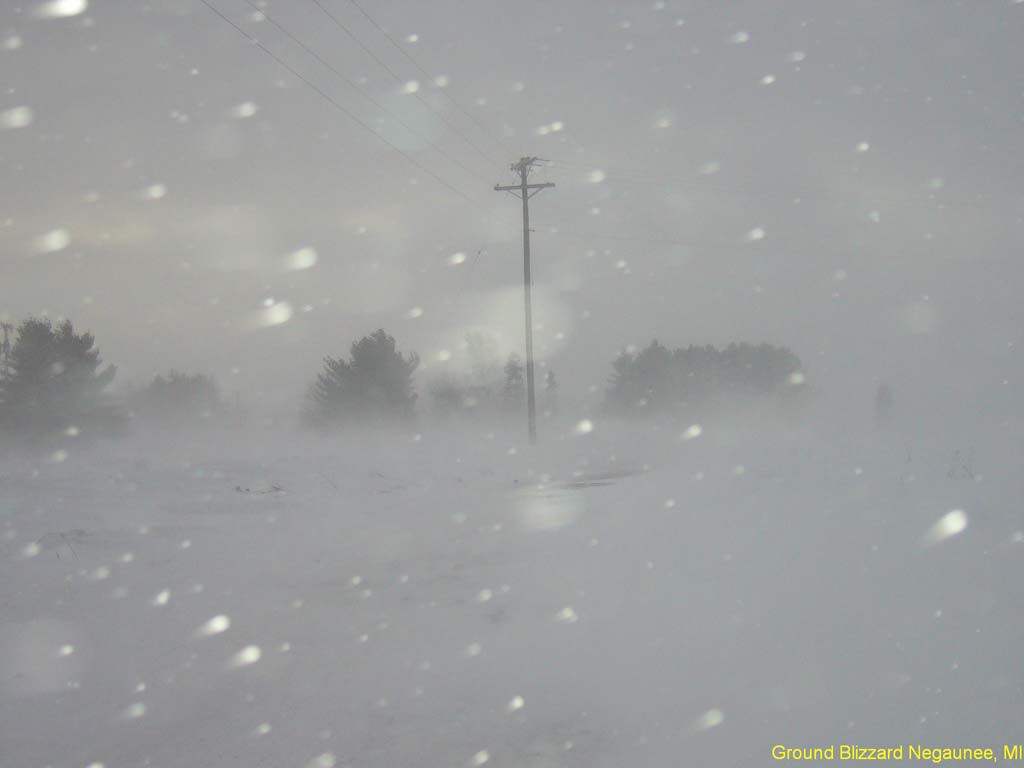Blizzard Research
http://volweb.utk.edu/school/sumnercs/ellism/ink5.htm
Blizzard's mostly happen in the dangerous cold mass that produce blizzards They usally come from the North Pole ,South Pole in the central Unitied, British, cloumbia, canada,and rocky montains although Blizzards are actually not as commonin the U.S as in some parts of the world but, they say the blizzards in the U.S are more dangerous because the less prepared in the U.S
http://volweb.utk.edu/school/sumnercs/ellism/ink4.htm
Blizzards are characterized by low temperatures, accompanied by winds that are at least 35 mph or greater, there must also be sufficient falling and or blowing snow in the air that will frequently reduce visibility to 1/4 mile or less for a duration of at least 3 hours. A severe blizzard is considered to have temperatures near or below 10°F, winds exceeding 45 mph, and visibility reduced by snow to near zero. Blizzard conditions often develop on the northwest side of an intense storm system The difference between the lower pressure in the storm and the higher pressure to the west creates a tight pressure gradient, which in turn results in very strong winds. These winds combine with snow and blowing snow to produce extreme conditions. Storm systems powerful enough to cause blizzards usually form when the jet stream dips far to the south, allowing cold air from the north to clash with warm air from the south. With the colder and drier polar air comes atmospheric temperatures cold enough for the development of snow, sleet, or freezing rain.
http://www.weather.com/encyclopedia/winter/blizzard.html
The 911Broadcast emergency notification and alert service can deliver a large number of phone calls using a network of phone systems employing digital phone lines simultaneously. Should a disaster such as a snow storm, wild fire or flood hit your area, 911Broadcast systems can alert your community quickly providing specific instructions if an evacuation is required.
Is a severe storm condition characterized by low temperatures, strong winds, and heavy snow. By definition, the difference between blizzard and a snowstorm is the strength of the wind. Ground blizzards are a variation on the traditional blizzard, in that ground blizzards require high winds to stir up snow that has already fallen, rather than fresh snowfall. Regardless of the variety of blizzard, they can bring near-whiteout conditions, which restrict visibility to near zero. Blizzards have a negative impact on local economies and can paralyze regions for days at a time, particularly where snowfall is unusual or rare. The 1972
http://www.ussartf.org/blizzards.htm
http://en.wikipedia.org/wiki/Blizzard
http://www.weather.com/encyclopedia/winter/blizzard.html
6.









Tuesday, November 16, 2010
Climate inquiry
A blizzard is a severe winter storm with a combination of blowing snow and wind resulting in very low visibilities. Heavy snowfalls and severe cold often accompany blizzards, but are not needed for a blizzard to occur.
Extreme cold often accompanies a winter storm or is left in its wake. Prolonged exposure to the cold of a blizzard could cause frostbite or hypothermia or even become life threatening.
Blizzards winter precepitation is winds of over 35 mph with snow and blowing snow reducing visibility to near 0! Then on top of that the dangerousness of the cold and what the cold can do to your body!
"Global Climate Change / NASA's Eyes on the Earth." National Aeronautics and Space Administration. Author. Randell Jackson. http://climate.nasa.gov/effects/
Global climate change has already had observable effects on the environment. Glaciers have shrunk, ice on rivers and lakes is breaking up earlier, plant and animal ranges have shifted and trees are flowering sooner.
Effects that scientists had predicted in the past would result from global climate change are now occurring: loss of sea ice, accelerated sea level rise and longer, more intense heat waves.
In North America they expect decreasing snowpack in the western mountains; 5-20 percent increase in yields of rain-fed agriculture in some regions; increased frequency, intensity and duration of heat waves in cities that currently experience them.
In North America they expect decreasing snowpack in the western mountains; 5-20 percent increase in yields of rain-fed agriculture in some regions; increased frequency, intensity and duration of heat waves in cities that currently experience them.
No comments:
Post a Comment